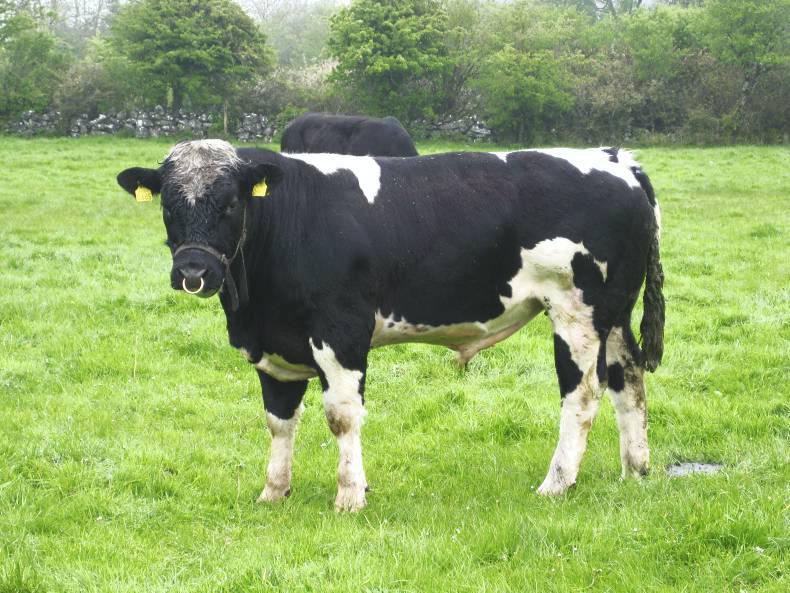Emission reduction through animal breeding has been earmarked as a key action under the national climate and air roadmap for the agriculture sector, entitled ‘Ag Climatise’.
Seen as a measure to both reduce the environmental footprints of farms and increase farm profitability, the roadmap, which was launched earlier today (Wednesday, December 9), seeks to build on the use of the Economic Breeding Index in the dairy and the Irish Cattle Breeding Federation (ICBF) Eurostar index in the beef sector.
“One of the biggest contributions beef farmers can make on the ground is to finish their animals earlier. While breeding will make a contribution here, management practices will also be key in this regard,” the report says.
“National genotyping will have the added advantage of further improving our traceability credentials which are an essential element of maintaining exports and also meeting growing consumer demand for farm to fork information.”
This will be achieved in a number of listed targets, according to the document.
In terms of achieving the overall genotyping objective, the roadmap seeks to commence with all calves in priority categories of herds in 2021, such as herds in the Beef Data and Genomics (BDGP) programme.
“While this overall objective is ambitious, it is the single most important measure the industry can do to improve animal breeding on Irish farms and further enhance traceability,” the roadmap says.
Farmers should plan and transition away from the use of stock bulls for replacements in dairy herds by 2025.
“This will accelerate progress in the national EBI,” the Ag Climatise document says.
Another stated target is to explore opportunities to better integrate the dairy and beef sectors, focusing particularly on dairy calf-to-beef systems.
The final animal breeding measure listed is to achieve targeted improvements in key metrics relating to age at slaughter and age at first calving for our national dairy and beef herds.
